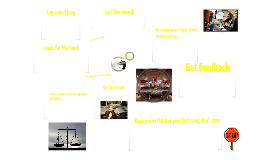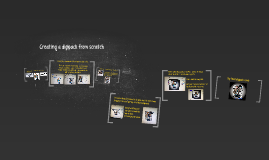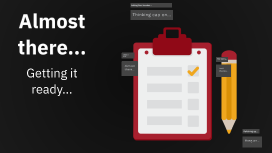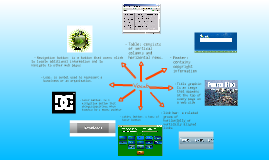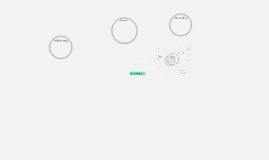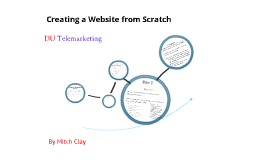Creating A Song From Scratch
Transcript: Creating A Song From Scratch Unfortunately, inspiration usually doesn't strike at the most convenient times, so it's important that you be able to remember each new song that pops into your head, no matter where you are. Carry a pen and paper with you wherever you go, or better yet, carry a tape recorder or digital audio recorder--melodies can be extremely difficult to capture on paper unless you have a strong music background. Make sure your music fits the story. If it is sad, then you may want your melody to evoke sadness (by slowing it down or adding some minor chords, for example) or you might want to add a twist and combine sad lyrics to upbeat music in order to create a sense of tension and ambiguity. A song can get by with poor lyrics, and you have a better chance of writing a really good song if your lyrics are great. This does not mean they have to be serious, but they should not be cliché. Write your lyrics as though you are talking to somebody who you want to impress or to someone toward whom you feel some sort of deep emotion. The hook is that important part of a great song that captures your very soul and makes you want to listen to that song over and over. Hooks are frequently found in the chorus and often become the title of the song. Sadly, there is no recipe for hooks, but you'll know when you have one. Better yet, your friends will tell you, because it is the part of a song they can not seem to get out of their head. Repetition is what makes a song catchy; repeated choruses, for example, stick in our heads even when the rest of a song does not. It is easy to ask people to join you in a refrain, which is why it is usually called a chorus. That’s why so many people know just a few lines of so many songs Play or sing your song for people and get their opinions. You’ll probably get a better idea of what they really think after you’ve written a few songs: friends and family may tell you that your first song is great even if it’s awful, but as they hear more of your songs, they’ll probably give you hints like, "It’s good, but I liked that first one you wrote better" or "Wow, that’s the best song you’ve written Keep writing and practicing, and you'll find yourself getting better and better. You may need to write a lot of songs before you hit on one you really like, and even after that, you may need to write a lot more before you get another good one. Work hard and have fun doing it! Conclusion You really want to be a famous star, don't you? You daydream about being on stage and hearing the roar of the crowd. Only trouble is, you're dreaming your life away. If you want to write a really good song, you're going to have to work for it. Start today. Commit to writing a certain number of songs per week, the way successful authors commit to writing a thousand words a day. is important Say something is important too is important Once you've finished your first song, don't stop You don't have to have a degree in music theory to write a good song, but you should have an understanding of how songs are built. This includes a basic understanding of harmony, melody, and rhythm. A beginner would want to look into basic major and minor keys and chords which pertain to the given key they are working in FIND A PRODUCER Get technical Stop thinking and Start DOING! Guide created by Kam Konoodi. A self proclaimed musician and producer. GO TO A STUDIO Listen actively to a lot of different types of music Set the mood Be ready when inspiration comes calling Look for the hook Get feedback Good writers read several genres of books. Good songwriters listen to genres of songs. As you listen, think about what you like about a song. Are the lyrics unique, do the song's chord changes perfectly capture a mood, do you like the transition from one part of the song to another? Strike a balance between repetition and variety







